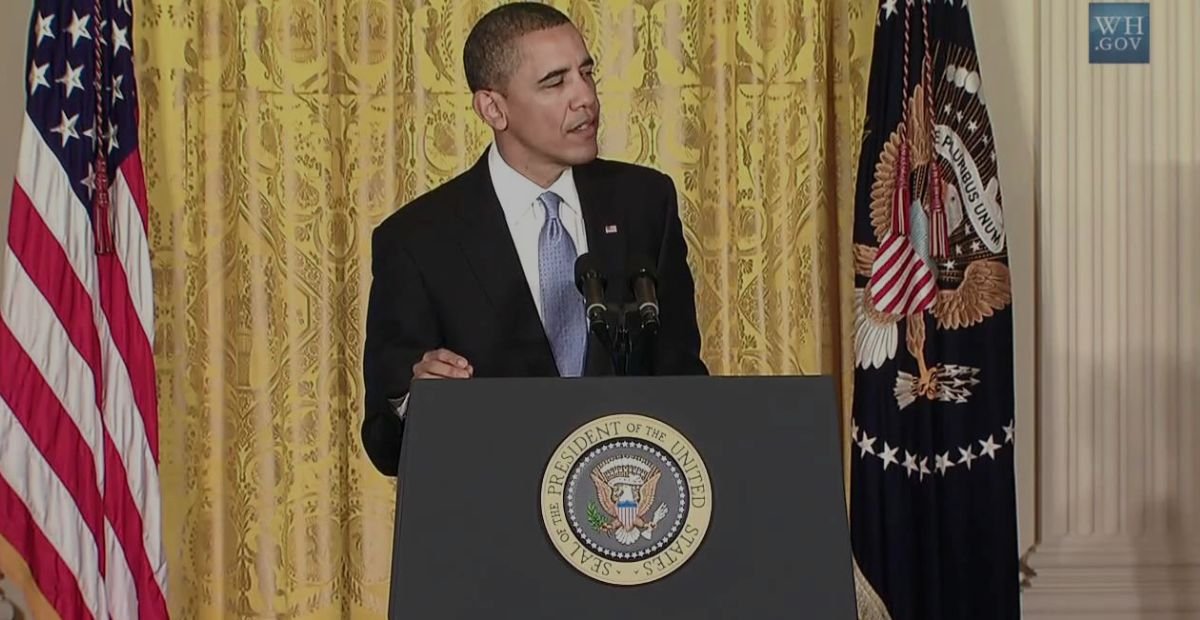Obama’s Return: Filling the Democratic Leadership Vacuum 2025
In the US Political Landscape Analysis of 2025, there is a huge contradiction to the Democratic Party: a solid voter base, but a perceived spiritual and intellectual vacuum at the top. After the huge losses in elections, there are uncertainties: Who actually determines the party’s values? Who is the Presidential Credibility to come up with a splintering base? In comes the ex-President Barack Obama.
His recent, much narrower political interventions, which occur not on behalf of an office but on behalf of the soul of the party itself, indicate the beginning of a new, intentional step of Obama Post-Presidency Engagement. This paper provides an in-depth account of the reason Obama is returning to the fray, his unusual rhetorical approach, what it could and will portend to the Democratic Party Strategy 2025, and how a lack of leadership presence in the noticeable Leadership Vacuum that faces Democrats today cannot be called into being without his authority.
1. The Strategy of Moral Authority: Defense of the Truth.
It is not that Obama is coming back to policy, but to principle. His most incisive attacks are on the very basis of the political speech of the day, to the voters tired of extremes.
The Attack on Narrative: A Semantic War for Integrity
Obama is leveraging powerful semantic entities to re-frame the national debate. Phrases like “Violence Against the Truth” are designed to resonate deeply with citizens fatigued by the spread of Misinformation and Disinformation.
- The Intent: By focusing on the degradation of factual dialogue, Obama repositions himself as a defender of Political Integrity and Ethics, a platform that transcends partisan lines and bolsters his personal image of Moral Authority in Politics.
- The Contextual Critique: In recent comments, Obama aimed at institutions that “bent their policies” rather than defending core convictions. This sets a standard of ethical rigidity that few current, in-the-fray politicians can match.
The Nuanced Warning on Discourse
Crucially, Obama’s criticism is two-sided. He has warned against the “dangerous use of Cancel Culture Critique” while simultaneously condemning the hard right’s disregard for decorum. This allows him to bridge the often-tense Progressive vs Centrist Debate. Data-Backed Insight: Public opinion polls consistently show Obama’s Approval Ratings remaining significantly higher (often in the mid-50s) than those of current party leaders, providing him with a unique license to criticize both the progressive “purity tests” and the conservative rejection of objective reality.
2. Bridging the Ideological Chasm: Party Building vs. Policy
Historically, Obama was criticized for being a better policymaker than a party builder. His 2025 re-engagement seeks to remedy this, focusing on defining the party’s reason for being rather than just its policy agenda.
The Vacuum: Why the Democrats Need a Moral Voice
The current Democratic Party Strategy 2025 is challenged by an internal divide: should the party pivot hard left on culture and economics, or reclaim the center? This internal tension creates the Leadership Vacuum Democrats are currently experiencing.
Obama’s role is to offer a unifying philosophy that all factions can agree on: defending democracy and core ethical principles.
Mobilizing the Base: His engagement serves as an effective instrument to the Voter Engagement Strategies, especially within the African-Americans and young voters who are still very loyal to his legacy.
Changing the Ideological Direction: By defining the ideological danger it changes the main focus of the party not on the internal disputes, but on the common defense of the democratic institutions. This is what Party Building vs Policy Making is all about- he is laying the groundwork on which future candidates can run on.
3. The Future of the Democratic Party and Obama’s Role
Obama is operating from a position of non-contender status, which grants him the Moral Authority that active candidates lack. He is not campaigning for anyone specific, but for the entire ideological framework of the party.
Actionable Takeaways for Democrats
Embrace the Center: Obama comes back and solidifies the notion that the winning formula is to base policy on practical, broadly acceptable values, but adhere to progressive values.
Emphasis on Honesty: The campaigns should use his terms regarding Political Integrity and Ethics to help fight the populist stories.
Harness Technology: Future Voter Engagement Strategies will require his star power to target the base and mobilize it, particularly in swing states.
Frequently Asked Questions
Q: Does Obama sabotage the existing Democratic leaders?
A: No. His moves are seen to be meant to uplift the ideals of the party, and not individual politicians. His high moral standard would establish the intellectual platform on which new leaders can be developed, without always wading in the mire of partisan sniping.
Q: Does this degree of participation continue to the 2028 election?
A: Although his direct political endorsement rate might rise or fall, his presence as the philosophical anchor of the party, the voice of the Future of the Democratic Party, will probably be here to stay through the rest of the decade.
Conclusion: The Unifying Force
The Obama Is Back: Filling the Democratic Party Leadership Vacuum 2025 narrative is more than a comeback story; it’s an urgent strategic maneuver. He is using his unique blend of Presidential Credibility and Moral Authority in Politics to inject clarity into a party struggling for a defining voice.
Unique Insight/Competitor Beat Strategy: While many articles focus on who Obama is endorsing, our analysis highlights the psychological vacuum he is filling—the collective yearning for an authoritative figure to define the party’s reason for being. This moral foundation is critical for future Mobilizing Democratic Base efforts.
What do you think? Does Obama’s return help unify the Progressive vs Centrist Debate, or does it simply highlight the party’s reliance on past leadership? Share your analysis in the comments below!
